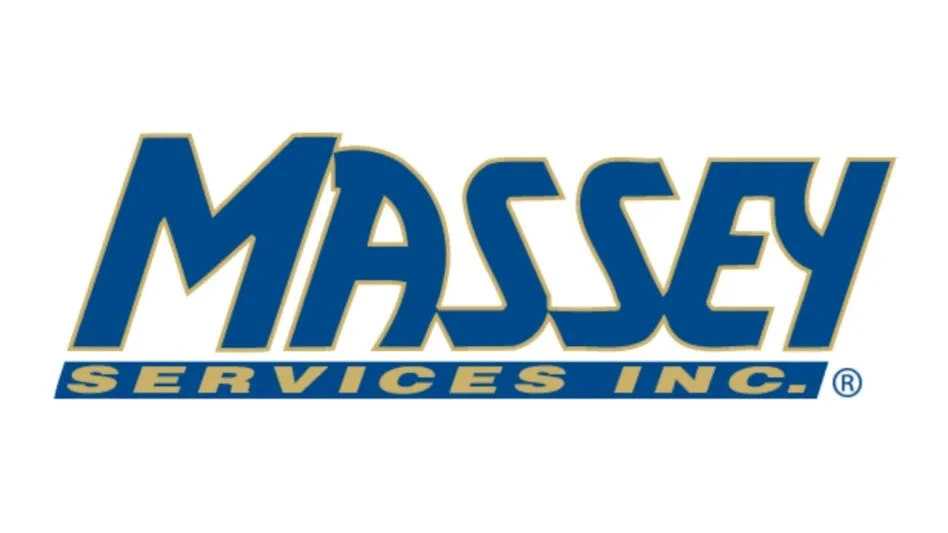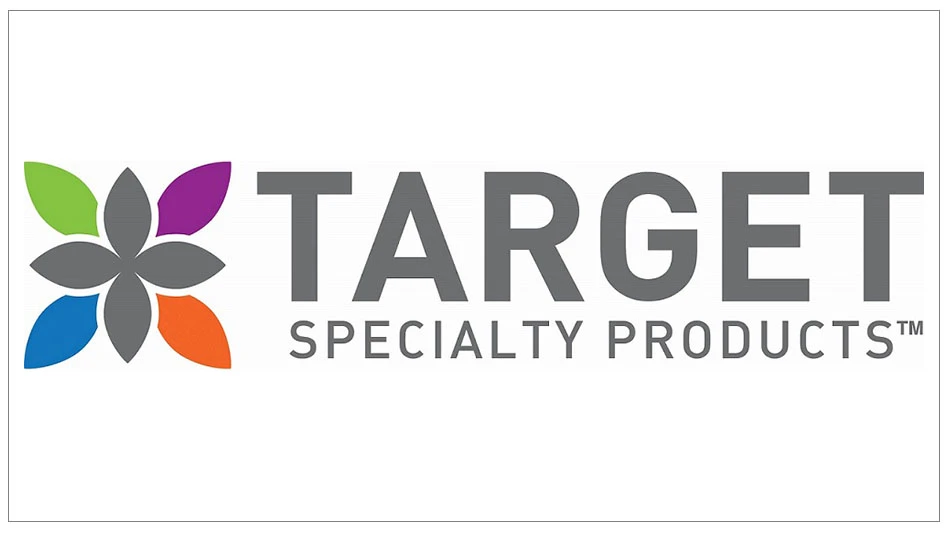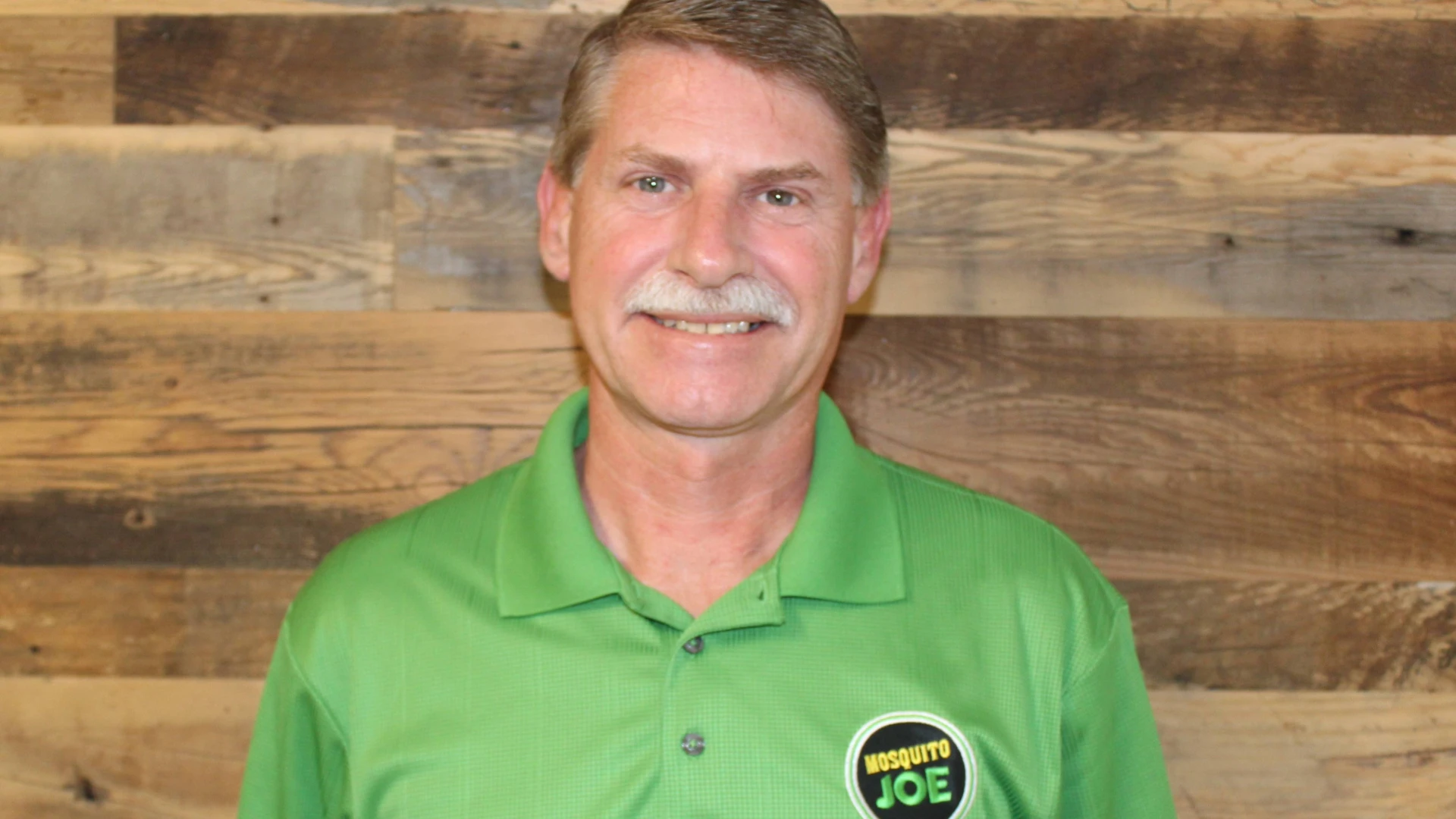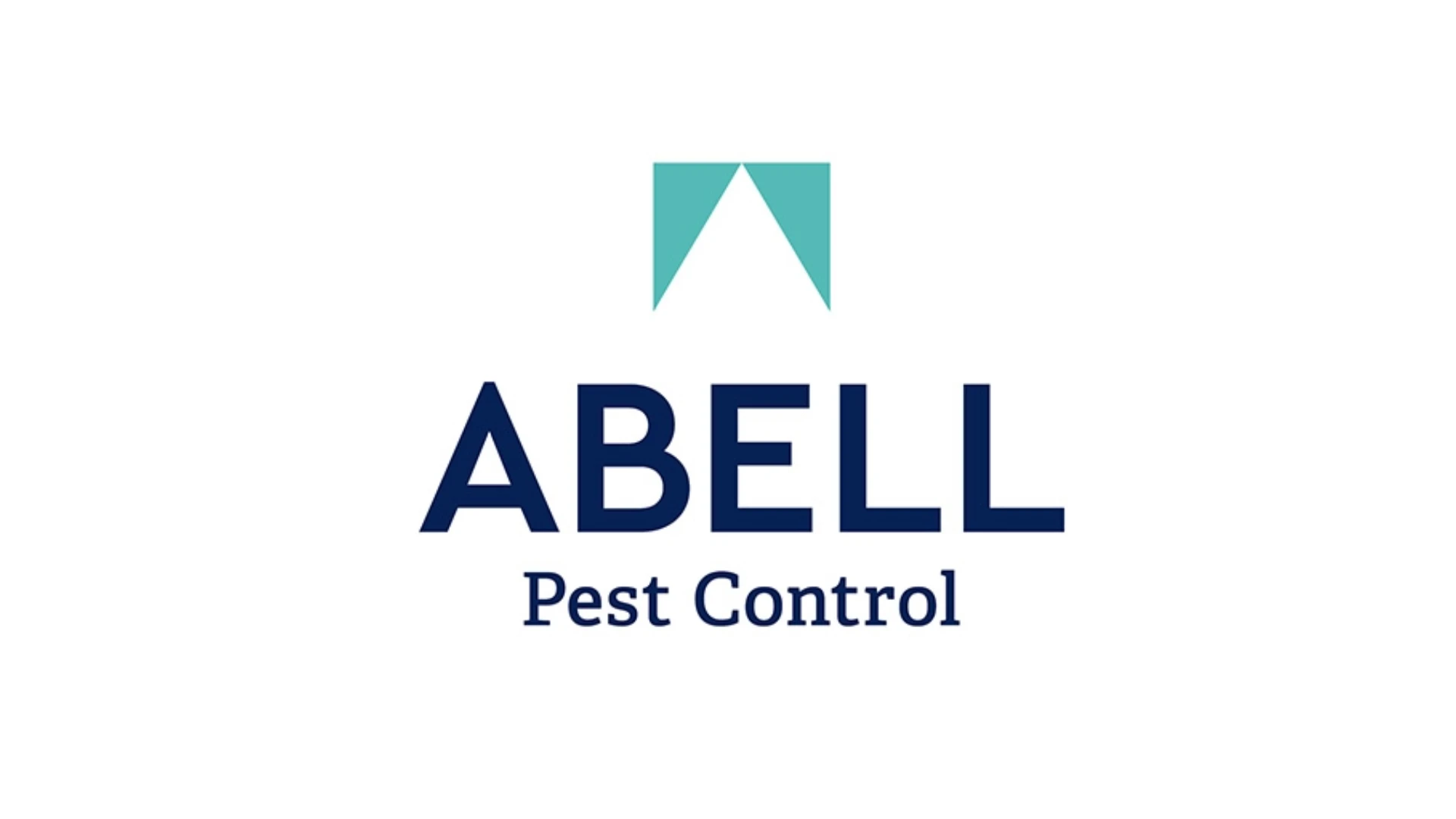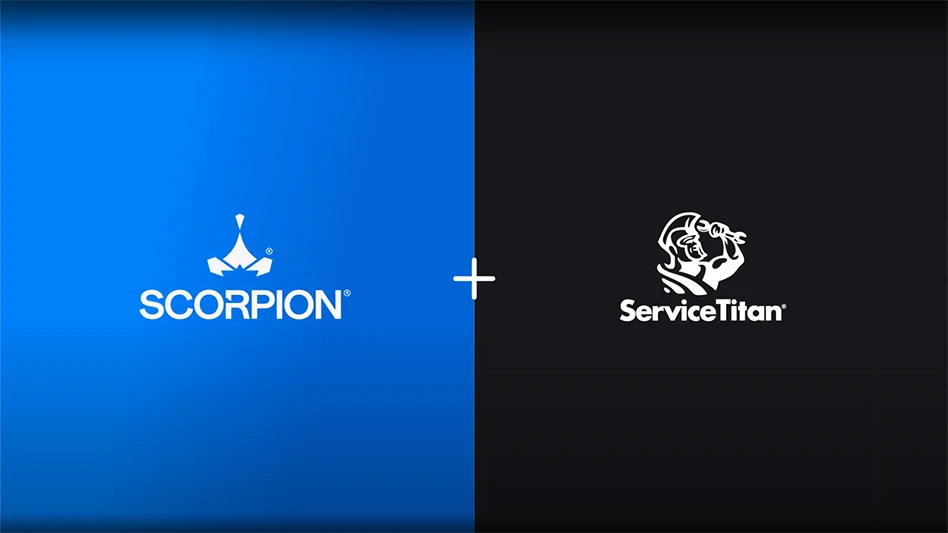For J.C. Ehrlich, decisions regarding its computer software were some of the most important the company ever has had to make. Company officials decided the system it was using in the early 1990s was not going to carry them into the 21st century. So, J.C. Ehrlich “bit the bullet” and developed its own system that linked all aspects of the company — from management to service technicians, to sales people to customer service representatives — together.
In the mid 1990s, the management team knew the company needed a new information system. After an extensive search of what was available in the marketplace, nothing seemed to work for the company. “We could not find an information system that fit our needs, our long-term vision or a multi-office operation, which J.C. Ehrlich has,” said Victor Hammel, president and co-owner of J.C. Ehrlich. “So we decided that the only solution was to design and customize our own system.”
But how much would a new system cost? “When I got the original estimates, they were high, but I instinctively knew it would cost even more than that,” Hammel says. “We have spent about four times what the original estimate was.”
While creating your own pest management software may not be an option for many, the lessons that J.C. Ehrlich learned in the process can be applied to most any company.
THE PLANNING. Coming up with an initial “wish list” of what the system should encompass was difficult. “We brought in consultants and had them go to offices and sit with people. They asked, ‘What do you like? What don’t you like about what you have? What do you see that your needs are?’” Hammel said. “It reaffirmed my belief in listening to the ‘people who do the work.’”
Starting at square one required more in-depth planning than purchasing an existing program. Things that for years had been assumed or taken for granted now had to be precisely spelled out. Essentially, J.C. Ehrlich had to put its money where its mouth was. “The design of the system required us to make a few key decisions. Consultants asked, ‘What is the key operating entity of the company?’ The answer for us is the district office,” Hammel said. “The system was designed around that fact. The information system forced us and helped us to institutionalize some of our core beliefs. And one of the beliefs is that the district offices get as much autonomy as possible.” (See below.)
THE DEVELOPMENT. What was born from the minds of the J.C. Ehrlich co-workers five years later was the Ehrlich Information System (EIS). EIS was rolled out in stages throughout 1998. EIS is a system that integrates all aspects of J.C. Ehrlich’s business. It allows customer service representatives (CSRs) to change schedules and update billing records. It provides hand-held units for all service technicians. It permits J.C. Ehrlich staff members to look at their payroll status. In short, it puts the power of information in the hands of the people who need it most. The system even lists co-worker birthdays and company anniversaries when each Ehrlich employee logs onto their computer in the morning.
“We are very proud of what we have,” Hammel said. “In order to come up with the kind of information we have, it took planned analysis to know what we wanted in the end.”
But like any new product, there were some advantages and disadvantages.
“Initially it got mixed reviews,” said David Fisher, the company’s technical and development director. “We had technicians who were not computer oriented so there was an apprehension on their part and others who simply misunderstood the key elements of the system.”
“It was a certainly an adjustment in the beginning,” said John Hippensteal, operations manager at the Allentown office. “Some of our people had never touched a computer before. But once people started using (the hand helds), they got used to them.”
TECHNICIANS AND EIS. Service technicians use the EIS system and hand-held computers in a variety of ways, all of which help them provide service to their customers.
“To reschedule prior to EIS, I would have to call the office and speak with the CSR,” said Tony Greiner, senior residential technician, Lancaster, Pa. “Using the hand-held and EIS, I can actually reschedule while with the customer. I can see my schedule and they tell me theirs. It’s a huge convenience.”
Not only does the software system benefit the technician who regularly services a route, it helps on those occasions when he or she is sick and another technician has to step in. “If there are material restrictions, area restrictions, or special time restraints, it’s in the system. If the regular technician cannot get there they all have the correct same information,” Fisher said. “Think of the benefit of the co-worker filling in for someone knowing all they need to know.”
David Derbish, a senior technician in the company’s Pittsburgh office, says that while the hand-held itself is impressive from a technical perspective, he appreciates what it allows him to do for his customers. “Customers are always impressed when you recall specifics about their situation, whether that’s something they asked you to look for when you serviced the home during your last visit or something like making sure the dog isn’t in the house. The machine itself is secondary.”
Because of the significant costs associated with servicing large commercial customers — as well as their high-priced inventories — J.C. Ehrlich took technology one step further by creating custom bar-code scanning software for its EIS system. Now technicians can monitor, count and track all of their traps and monitors at their accounts. “Our bar code scanning program has been in use for about two years and we just rolled out phase two in early 2001,” Fisher said. “If technicians use the bar code part of the system then they do need to carry it into the account.”
At the end of the day, all of the information entered into it all downloads into J.C. Ehrlich’s main system – an IBM AS400. That’s when the customer service representatives take over.
CSRs AND EIS. Although the Ehrlich Information System does not allow all of the information collected by technicians on their hand-held computers to be downloaded straight into the J.C. Ehrlich system, it does allow some to be updated automatically. “Routine data goes directly into the system, but information like customer notes are screened and entered manually by CSRs,” said Ruth Dubble, manager of customer service for the company’s Allentown, Pa., office. “We are constantly working on upgrading what can be synchronized between the hand held and the main system.”
But the system (which is connected via T-1 lines) does automatically update customer records on a real-time basis. “For example, if you are in our Pittsburgh office and you pull a customer record up a split second after we have posted a payment in Reading, you see that the customer has paid the bill,” said Robert Myer, corporate controller, who has been with the company for 26 years.
EIS also enables J.C. Ehrlich CSRs to immediately help customers who call, regardless of the time. “If you call us at 8:00 p.m. we will do the same thing for you as if you and called us at 4:00 p.m. If you need someone to come out they will come; if you need to cancel or change an appointment we will do that and arrange for a new one,” said Roberta Berkey, office manager in the company’s Johnstown, Pa., office, who has been with the company for 21 years.
And part of serving their customers better is not doing things that irritate them. “You rarely have to put someone on hold. Our information system puts it all at your fingertips,” Dubble said.
Not only does the EIS system benefit J.C. Ehrlich customers, it benefits CSRs as well. “CSRs no longer have to spend their time manually entering information. When they log on it is already there,” said Gale Rupp, administrative trainer. “Our CSRs are not data entry people like they used to be. Now they simply review the information.”
Most important, the EIS system allows customer service representatives to perform their major job function, which is customer service.
CONCLUSION. Because of all of the benefits the company sees in using its EIS system, J.C. Ehrlich continues to try to be at the forefront of such technology.
But being on the “cutting edge” does have a price. “Our information system is the single biggest investment we have ever made,” Hammel said. “I have purchased 20+ businesses through acquisition but never have spent more on anything. This was the biggest expense, and it is ongoing.”
“Just the hand-held costs between $700 and $750 per technician,” added Bobby Hammel, co-owner and regional manager.
But since J.C. Ehrlich wants to continue to be a leader in the industry, the company knows it is going to have to give their co-workers all the tools necessary to do the job right.
“The final paragraph of our vision statement starts with ‘We want to be an industry leader’ and that is something that our Training Department took very seriously,” Fisher said. “We have to be part of the driving force in that. We want to make sure we are out there in front whether it is information technology or service technology.”
The author is editor of PCT magazine. She can be reached at jdorsch@pctonline.com.
|
WHICH WAY IS NORTH? Another way hand-held units help Ehrlich’s technicians is that they include a program called “Microsoft’s Streets and Trips 2001,” which enables technicians to create custom maps right on their hand-helds, eliminating the need to use big, bulky maps in the car. Not having to unfold (and refold) maps while driving also saves time and decreases safety hazards while on the road. “Technicians do not have to carry maps any more,” said Rusty Oister, a Reading operations manager. “They all have the ability to put it on their hand-held computers and they love that.” |
|
YOU'VE GOT MAIL J.C. Ehrlich, like many other companies in the United States, has started to alert customers of upcoming appointments via e-mail. “Our technicians and customer service representatives are collecting e-mail addresses, and we are asking for them in our mailings,” said Twila Hammel, credit and accounts receivables department manager. The information system is programmed to generate three scheduling e-mails that CSRs approve to send to their customers. The first goes out when the technician returns to the office from having set up the next appointment. Second, the customer service representative sends an e-mail reminder out two weeks ahead that confirms the appointment. A third e-mail goes out 48 hours before the appointment. |
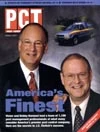
Explore the October 2001 Issue
Check out more from this issue and find your next story to read.
Latest from Pest Control Technology
- Rose Pest Solutions Becomes Official Pest Provider of Chicago Fire FC
- WSPMA Hosts Legislative Day at Washington State Capitol
- A-1 Pest Control Marks 59 years in Business
- Hawaii PCO Shares Regulatory Challenges, Business Impacts from Lahaina Wildfires
- 5 Tips for Reducing Waste in the Office and in the Field
- OvoControl Now Available in Chile
- Envu Announces Savings Programs for Pest Management Professionals
- Follow the Trail

